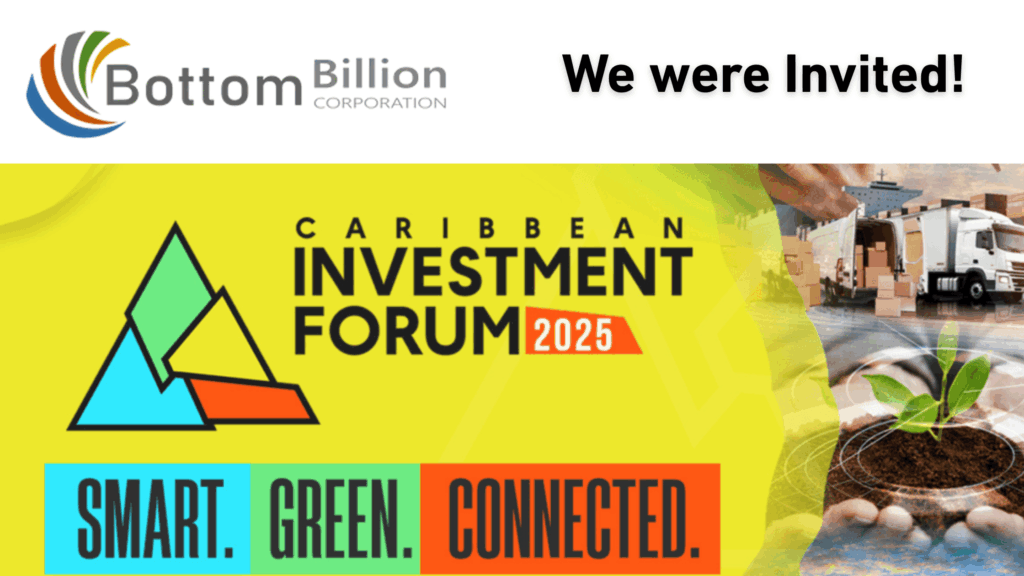the Underserved.
Advancing Global Impact.
Bottom Billion Corporation is a U.S.-registered, mission-driven impact investment and private equity firm committed to building a better world through bold, sustainable initiatives. We develop and manage socially conscious businesses that directly address poverty, inequality, and infrastructure gaps. Our strategic partnerships span Africa, the Americas, the Caribbean, Southeast Asia, and other emerging markets where we co-create solutions that empower underserved communities.
What We Do
Our investment model combines performance with purpose through the following focus areas:
Every initiative is designed to generate measurable impact while delivering attractive risk-adjusted returns.
Join Our Mission Today

Our Strategies De-risk Equatorial Investments
At Bottom Billion Corp, we use a multifaceted approach to reduce risks tied to global investments in high-impact sectors. Our strategies include due diligence, smart logistics, advanced technologies, and financial structuring to ensure ventures are sustainable and profitable.
- Thorough Due Diligence: In-depth assessments of land, local dynamics, regulatory landscape, and resource availability.
- Logistics Support: Enhancing transport, storage, and supply chain flow to support execution and delivery.
- Financial Structuring: Use of SPVs, blended capital, and hedging tools to protect capital and optimize returns.
- Advanced Technology: Implementation of 3D printing, clean energy tools, and scalable digital solutions.
Our Leadership
Meet the Team

Dolgorsuren Gunchin-Ish
Dolgorsuren is a results-driven finance executive with over a decade of global experience spanning banking, real estate, manufacturing, IT, and blockchain. Named to Forbes “30 Under 30” in Finance, she brings deep expertise in corporate finance, financial strategy, and international project management.

Dora Miranda
Director of Operations
Dora is a seasoned operations and project management specialist with over a decade of experience across startups, multinational corporations, and international development organizations. She brings a strategic and systems-driven approach to Bottom Billion’s global operations.

Marife Gonzales
Country Manager, Philippines
she leads country operations with a focus on organizational efficiency, compliance, and sustainable team growth, bringing a systems-driven approach to human capital leadership.

Ariel Canonoy
Project Lead
With experience spanning the Asian Development Bank and local government projects, he leads Bottom Billion’s field execution in the Philippines—bridging technical planning with community-driven impact across high-value crop zones.
Maria Rivas
Legal Counsel
With over 25 years of experience in Contract Law, Maria Rivas provides strategic legal guidance across a range of international business agreements—from joint ventures and MSAs to SaaS and data compliance contracts.
Get in Touch
Reach out to us at inquiries@bottombillioncorp.com for investment opportunities, partnership inquiries at, or general questions. Our team is dedicated to transforming underutilized lands into thriving agribusiness ecosystems. We look forward to hearing from you and exploring how we can work together to create sustainable growth.
Phone
+1 (888) 785-0222
Available Monday to Friday, 9am - 5pm EST. Call us for immediate assistance or to schedule a consultation.
Address
Bottom Billion Corporation is located at 2835 Jeff Adams Drive, Suite G, Charlotte, North Carolina 28206, a vibrant area known for its dynamic business environment. Its prime location enhances convenience for business operations and client experiences.

